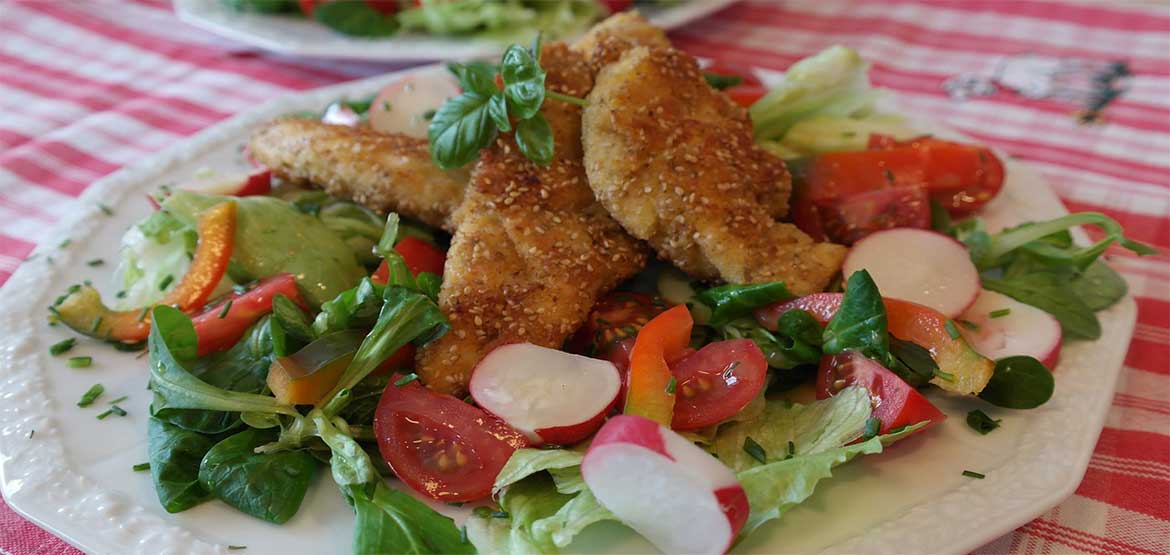The first thing all diabetics should know is that diabetes is a progressive disorder. Type 1 diabetes is treated with insulin and Type 2 is treated with medications, dietary changes and exercise. Diabetes is relatively easy to control but if neglected the complications of the disorder are devastating. Quality of life is minimally affected if one promptly makes healthy adaptations and regularly monitors and controls blood sugar levels.
Most diabetics fret about is their diet. The second thing to know is that there is no such thing as a diabetic diet. Even though nutrition is a vital component of diabetes, there is no absolute reason why a diabetic cannot eat one particular food. As long as food is eaten in moderation, a diabetic can eat almost any type of food. There are many misconceptions about a diabetic diet. Adding to the confusion are the hundreds of diabetic diets on the market that hold no scientific validity.
More essential than anything is a basic understanding of a healthy eating behaviors as well as the ability to read and interpret food labels. The following is a common sense approach to what a diabetic can and cannot eat.
Try and lower the intake of total fat, especially saturated fats, which are known to worsen diabetes and make control of blood glucose difficult. Unsaturated fats like omega fatty acids are beneficial as they have a positive effect in the long term management of diabetes.
Incorporate whole grains and fiber in the diet as there is ample evidence to show that these foods can lower blood sugars and decrease spikes in blood glucose.
The role of micronutrients like chromium, copper, selenium or vanadium is still being debated. Deficiency of these minerals may be rare and most people obtain adequate amounts from their diet.
Even though moderate amounts of alcohol has been shown to enhance insulin sensitivity and improve glucose control, the amount of alcohol one should drink is still being debated. Most experts recommend no more than a glass of wine a day. Some liqueurs and brandy do have high sugar content.
Selecting food that will not only lower your blood sugars but also keep your weight and cholesterol down is the best way to control diabetes. This means selecting a diet with less fat and fewer calories. This can be accomplished by eating more vegetables, fruits, seafood and legumes instead of steak or other meat products.
Try and eat a diet where at least 20-30 percent of your daily calories come from proteins, 30% or less from unsaturated fats and the rest from carbohydrates. When shopping one should always read labels to see which foods contain sugar and are fat free. There are some labels which will tell you which foods a diabetic can consume.
Since the risk of heart disease is increased with diabetes, the patient should also make an attempt to lower blood cholesterol levels. Even though there are drugs to lower cholesterol levels, the first choice of therapy is altering the diet, and incorporating exercise.
Having diabetes does not mean you cannot enjoy food. As long as you eat in moderation, almost any food can be eaten. Today there are plenty of online resources available on what foods can and cannot be eaten by a diabetic. Just make sure you’re reading a reliable source.

